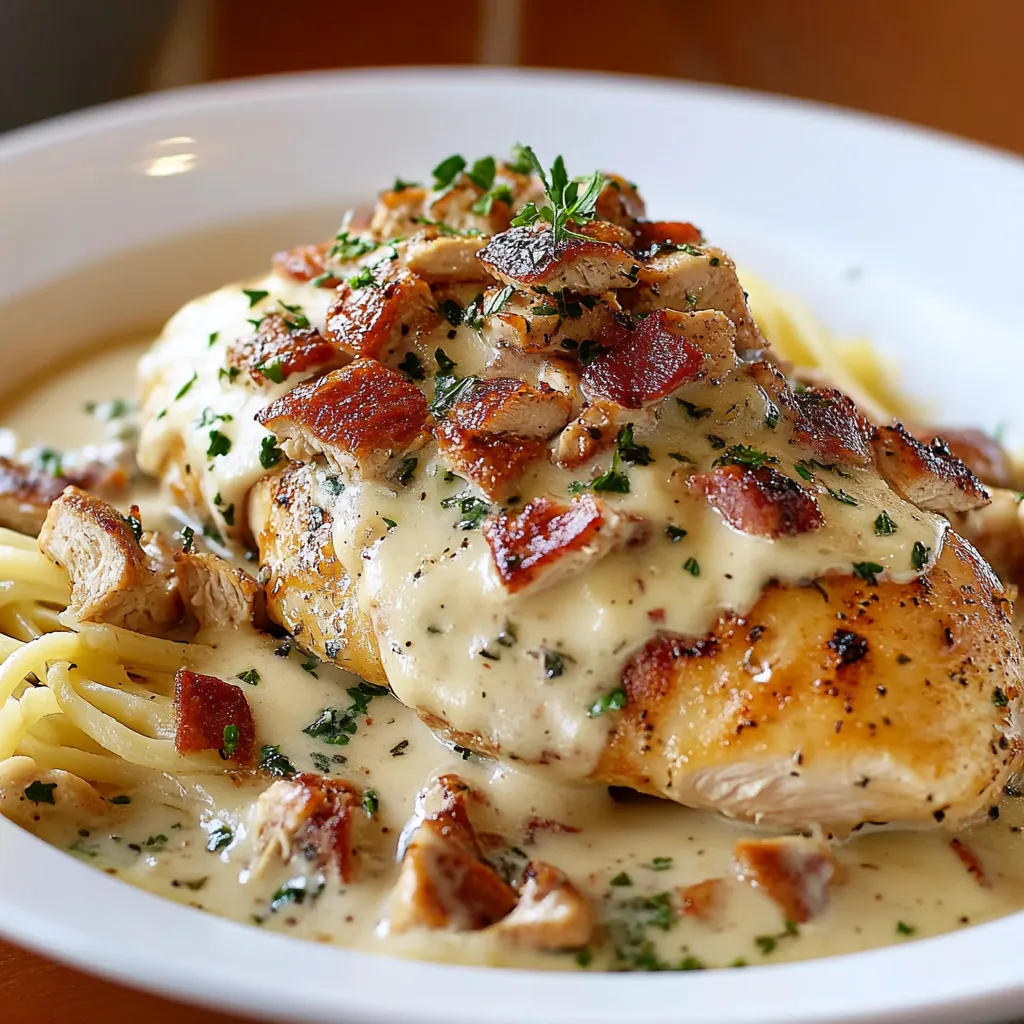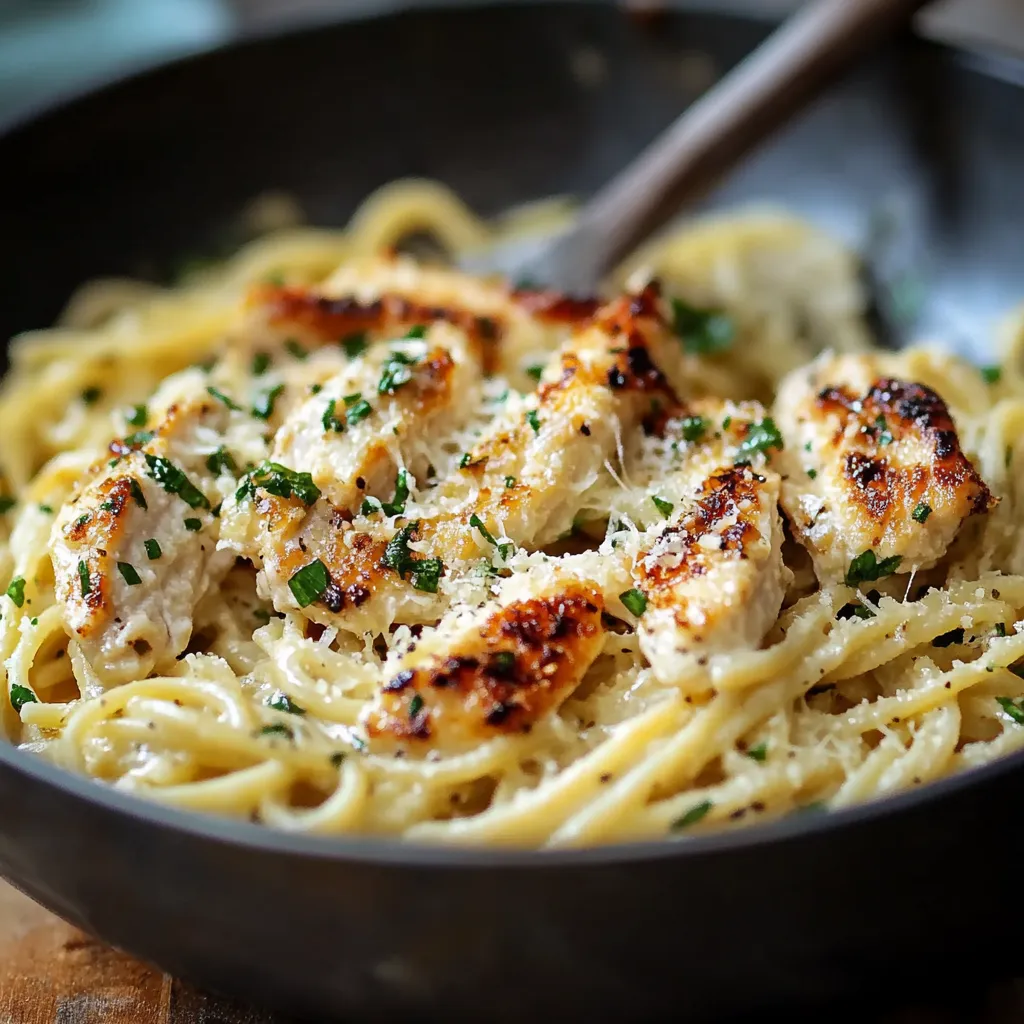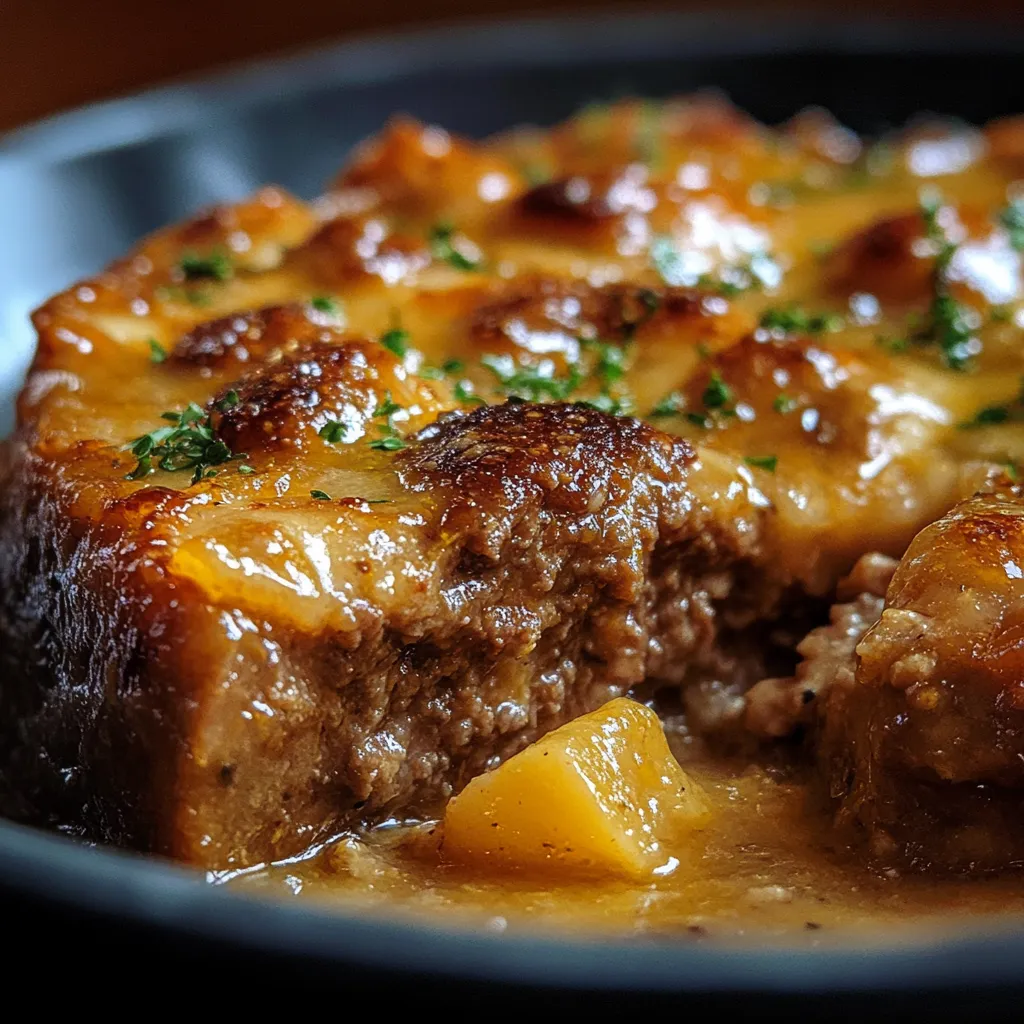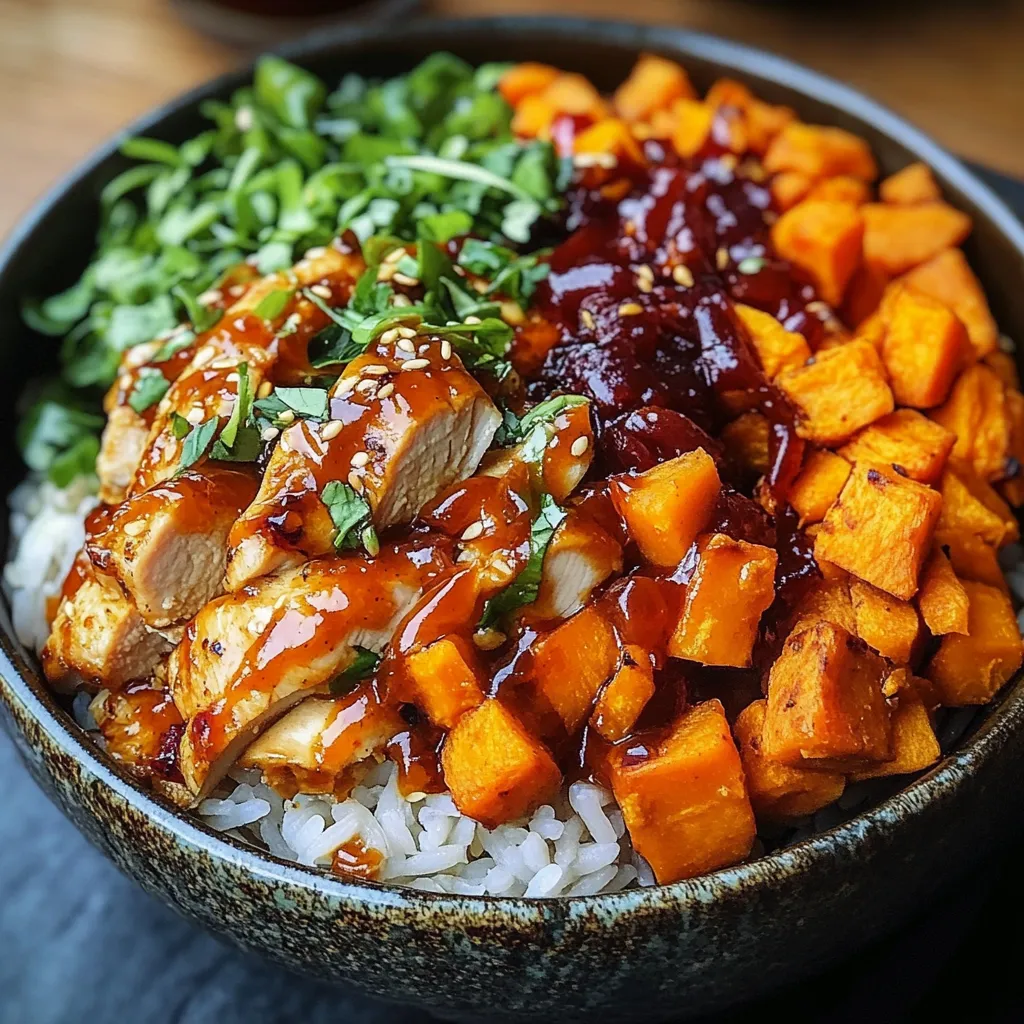How can we transform humble chicken breasts into a crunchy, flavorful, and surprisingly satisfying meal that even the pickiest eaters will adore? The answer, my friends, lies in the captivating world of pretzel chicken.
The Crush Factor: Unlocking the Science of Pretzel Crusts
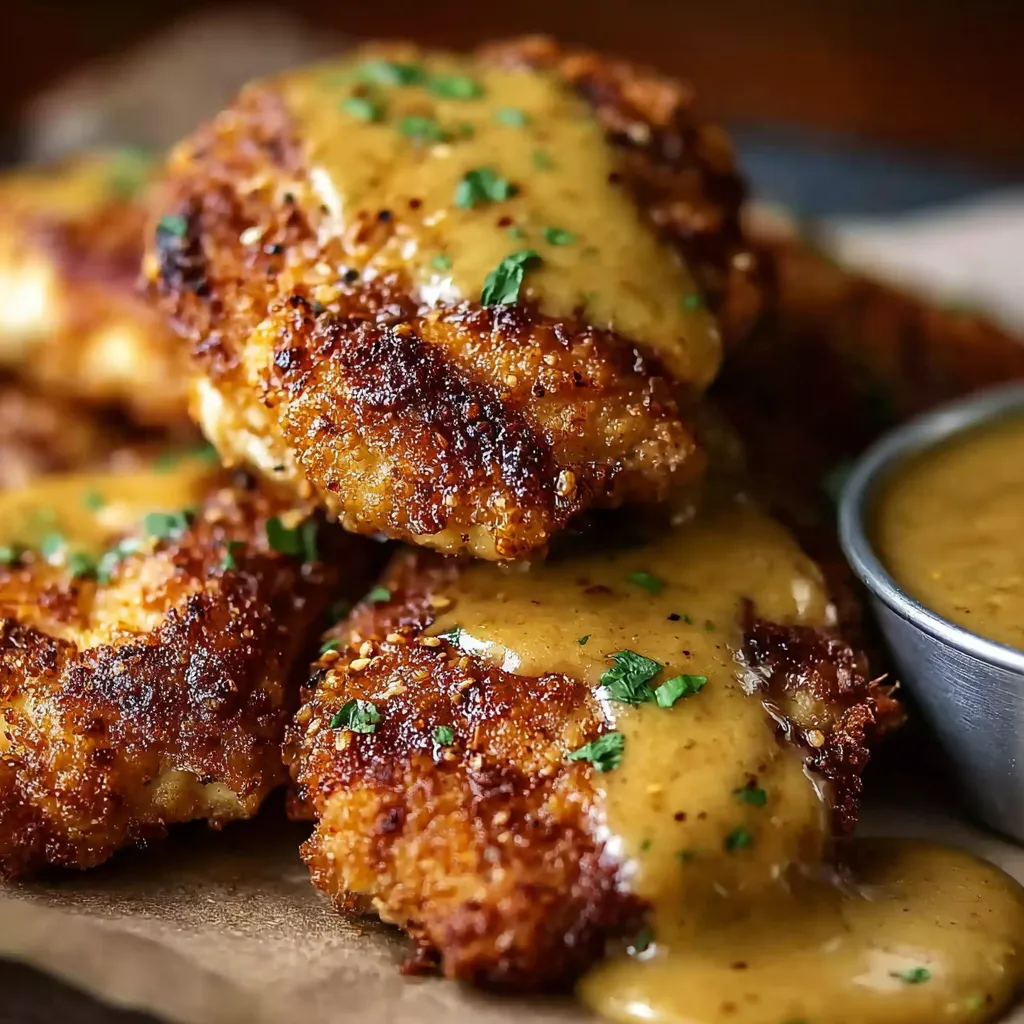
The magic of pretzel chicken lies in the Maillard reaction, a chemical process between amino acids and reducing sugars that gives browned food its distinctive flavor. Crushed pretzels, being rich in carbohydrates and having undergone baking already, are primed for this reaction. However, simply coating chicken in crushed pretzels isn’t enough. We need to understand the principles of adhesion, moisture control, and heat distribution to achieve that perfect crispy, golden-brown crust. A binder, like mustard or egg wash, is essential to help the pretzel crumbs adhere to the chicken. Moisture, both from the chicken and the binder, aids in the Maillard reaction. Finally, even heat distribution is crucial to ensure the pretzels brown evenly without burning.
The Ultimate Pretzel Chicken Recipe
Ingredients:
- 4 boneless, skinless chicken breasts (about 6 oz each)
- 1 1/2 cups pretzel crumbs (about 8 oz pretzels, crushed)
- 1/2 cup all-purpose flour
- 2 large eggs, beaten
- 2 tablespoons Dijon mustard
- 1 teaspoon garlic powder
- 1/2 teaspoon paprika
- 1/4 teaspoon black pepper
- 1/4 teaspoon cayenne pepper (optional, for a little kick)
- 1/4 cup vegetable oil or olive oil
- Salt to taste
Instructions:
- Prepare the Chicken: Preheat your oven to 400°F (200°C). Pound the chicken breasts to an even thickness (about 1/2 inch) for even cooking. Season both sides with salt.
- Set up the Breading Stations: In a shallow dish, place the flour. In another shallow dish, whisk together the beaten eggs and Dijon mustard. In a third shallow dish, combine the pretzel crumbs, garlic powder, paprika, black pepper, and cayenne pepper (if using).
- Breading the Chicken: Dredge each chicken breast in the flour, shaking off any excess. Dip the floured chicken into the egg mixture, ensuring it’s fully coated. Finally, press the chicken into the pretzel crumb mixture, making sure the crumbs adhere well to all surfaces.
- Cooking the Chicken: Heat the oil in a large oven-safe skillet (cast iron is ideal) over medium-high heat. Carefully place the breaded chicken breasts in the hot skillet, ensuring they aren’t overcrowded. Sear for 2-3 minutes per side, until golden brown.
- Baking: Transfer the skillet to the preheated oven and bake for 15-20 minutes, or until the chicken is cooked through and the internal temperature reaches 165°F (74°C).
- Rest and Serve: Remove the skillet from the oven and let the chicken rest for a few minutes before serving. This allows the juices to redistribute, resulting in a more tender and flavorful chicken.
Serving Suggestions:
- Serve with your favorite dipping sauce, such as honey mustard, ranch, or BBQ sauce.
- Pair with a side of roasted vegetables, mashed potatoes, or a fresh salad.
- Slice and serve on top of a bed of greens for a lighter meal.
Confessions of a Culinary Investigator: My Pretzel Chicken Journey
The Early Fails: A Soggy Saga
My first few attempts were a disaster. Like many of you, I initially thought that simply crushing pretzels and slapping them onto a chicken breast would suffice. The result? A soggy, unevenly cooked mess. The pretzels would either fall off or burn before the chicken was fully cooked. It was clear I needed a more scientific approach. The chicken was bland, the coating was falling off, and overall, it was not a pleasant experience. It reminded me of the early days when I tried making Oven-baked Crispy Parmesan Chicken – a similar coating challenge!
The Mustard Revelation: Adhesion Achieved!
Then, I had an “Aha!” moment. I remembered reading about the binding properties of mustard. Could Dijon mustard act as the glue I needed to hold the pretzel crumbs in place? I tried it, and the results were significantly better. The pretzel crumbs adhered much more effectively, creating a more consistent and even coating. This was a crucial turning point. But I still wasn’t satisfied. The chicken needed more flavor.
Spice is Nice: Flavor Enhancement
My next experiment focused on flavor. The pretzel crumbs alone weren’t delivering the punch I was looking for. I experimented with various spice combinations – garlic powder, paprika, onion powder, even a touch of cayenne pepper for a little heat. The addition of these spices elevated the dish from bland to absolutely crave-worthy. I realized that, much like with Crispy Parmesan Chicken, seasoning the breading is just as important as seasoning the chicken itself.
Pounding and Searing: Mastering the Technique
Finally, I tackled the cooking method. Initially, I tried baking the chicken straight from the start, but the pretzel crumbs didn’t get crispy enough. Then I tried pan-frying only, but the chicken cooked unevenly. The solution? A combination of searing and baking. Searing the chicken in a hot skillet gave the pretzel crumbs a head start on browning, while baking ensured the chicken cooked through evenly without burning the coating. Pounding the chicken to an even thickness was also key to even cooking. It was very similar to the prep I do when I make Sheet Pan Chicken Pitas, making sure everything cooks at the same rate. It was at this point that I felt I had achieved pretzel chicken perfection.
The Foolproof Pretzel Chicken Technique: 5 Steps to Success
- Pound for Perfection: Pound chicken breasts to an even 1/2-inch thickness for even cooking.
- Mustard Magic: Use Dijon mustard in the egg wash to act as a superior binder for the pretzel crumbs.
- Spice it Up: Season the pretzel crumb mixture generously with garlic powder, paprika, and other spices to enhance the flavor. A little cayenne pepper can add a pleasant kick.
- Sear and Bake: Sear the breaded chicken in a hot skillet to create a golden-brown crust, then transfer to the oven to finish cooking. This ensures a crispy coating and evenly cooked chicken.
- Rest and Re-Juice: Allow the cooked chicken to rest for a few minutes before serving. This allows the juices to redistribute, resulting in a more tender and flavorful dish.
Why is it important to pound the chicken breasts before breading them?
Pounding the chicken breasts to an even 1/2-inch thickness ensures even cooking, preventing some parts from being overcooked while others are undercooked.
What is the purpose of using Dijon mustard in the egg wash?
Dijon mustard acts as a superior binder, helping the pretzel crumbs adhere more effectively to the chicken breast, creating a more consistent coating.
Why does the recipe instruct to sear the chicken before baking it?
Searing the breaded chicken in a hot skillet first helps to create a golden-brown and crispy crust, while baking ensures the chicken is cooked through evenly without burning the coating.
What is the ideal internal temperature for the pretzel chicken to be fully cooked?
The chicken is fully cooked when the internal temperature reaches 165°F (74°C).
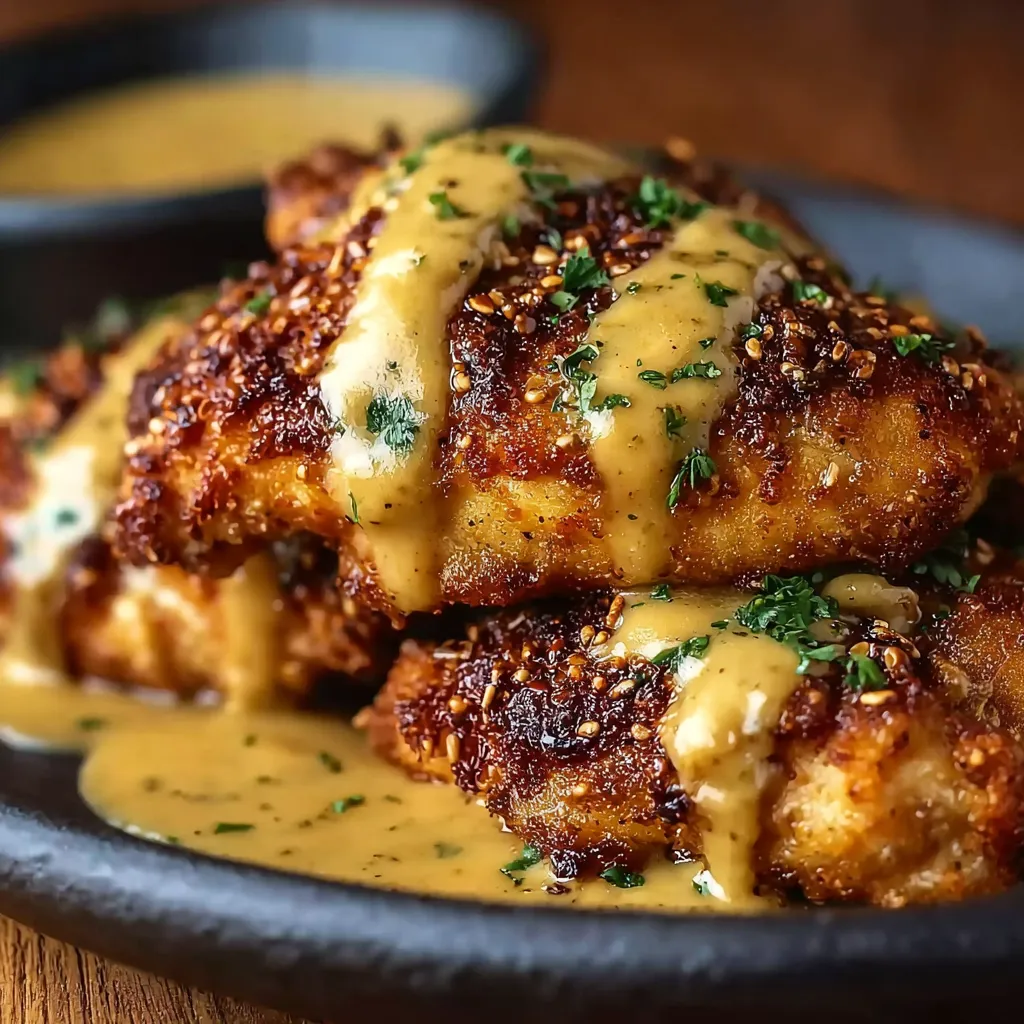
Pretzel Chicken Easy Dinner
Ingredients
Equipment
Method
- Preheat your oven to 400°F (200°C).
- Pound the chicken breasts to an even thickness (about 1/2 inch) for even cooking. Season both sides with salt.
- In a shallow dish, place the flour.
- In another shallow dish, whisk together the beaten eggs and Dijon mustard.
- In a third shallow dish, combine the pretzel crumbs, garlic powder, paprika, black pepper, and cayenne pepper (if using).
- Dredge each chicken breast in the flour, shaking off any excess.
- Dip the floured chicken into the egg mixture, ensuring it’s fully coated.
- Press the chicken into the pretzel crumb mixture, making sure the crumbs adhere well to all surfaces.
- Heat the oil in a large oven-safe skillet (cast iron is ideal) over medium-high heat.
- Carefully place the breaded chicken breasts in the hot skillet, ensuring they aren’t overcrowded.
- Sear for 2-3 minutes per side, until golden brown.
- Transfer the skillet to the preheated oven and bake for 15-20 minutes, or until the chicken is cooked through and the internal temperature reaches 165°F (74°C).
- Remove the skillet from the oven and let the chicken rest for a few minutes before serving.

